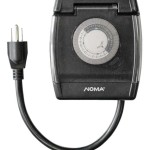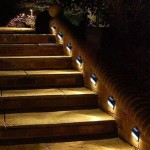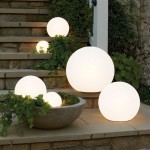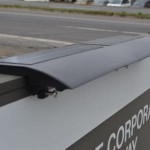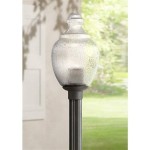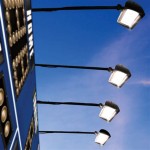How to Connect Armored Cable to an Outdoor Socket
Outdoor power outlets are essential for a variety of purposes, from powering lawnmowers and other gardening equipment to providing lighting for patios and decks. When working with outdoor outlets, it's important to use armored cable, also known as BX cable, for added protection against the elements and potential damage. Armored cable is designed to withstand harsh weather conditions and is particularly useful in locations where there's a risk of physical damage, such as around bushes or garden tools. Connecting armored cable to an outdoor socket requires specific techniques and safety precautions, which are outlined in this guide.
Understanding Armored Cable
Armored cable consists of insulated electrical conductors encased in a metal sheath, usually made of steel. This metal sheath provides mechanical protection against abrasion, impact, and crushing forces. The cable is also typically water-resistant and can withstand direct sunlight exposure. Understanding the components of armored cable is crucial for proper installation:
- Conductors: These are the electrically conductive wires that carry the current. They are typically made of copper or aluminum and are individually insulated.
- Insulation: Each conductor is covered with a layer of insulation, usually made of PVC, to prevent electrical shorts and shocks.
- Sheath: The metal sheath encases the conductors and insulation, providing mechanical protection and resistance to moisture.
- Grounding wire: Armored cable typically includes a bare copper wire that serves as a ground wire.
Connecting Armored Cable to an Outdoor Socket: A Step-by-Step Guide
Connecting armored cable to an outdoor socket involves several key steps, ensuring safe and proper installation:
- Turn off the power: Before attempting any electrical work, it's imperative to disconnect the power to the circuit. Locate the circuit breaker controlling the outdoor socket and switch it to the off position.
- Prepare the cable: Strip the outer sheath of the armored cable for a specific length to expose the conductors. Use a cable stripper designed for armored cable to avoid damaging the conductors.
- Connect the ground wire: Identify the grounding wire (typically bare copper) and connect it to the green screw terminal on the outdoor socket. Tighten the screw securely.
- Connect the neutral wire: Locate the neutral wire (typically white) and connect it to the white screw terminal on the outdoor socket. Tighten the screw securely.
- Connect the hot wire: Identify the hot wire (typically black) and connect it to the black screw terminal on the outdoor socket. Tighten the screw securely.
- Secure the cable: Use a strain relief connector to secure the cable to the outdoor socket. This prevents the cable from pulling away from the socket over time.
- Install the outdoor socket: Depending on the type of outdoor socket, it will need to be mounted to a wall, post, or other structure. Follow the manufacturer's instructions for proper installation.
- Test the connection: After completing the installation, turn the power back on and test the connection to ensure it's working correctly.
Important Safety Considerations
Electrical work can be dangerous, and it's crucial to prioritize safety throughout the installation process. Here are some important considerations:
- Always work with the power off: Never attempt to work on electrical wiring with the power on. Ensure the circuit breaker is switched off before starting any work.
- Use proper protective equipment: When working with electrical wiring, always wear insulated gloves and safety glasses. This will protect you from electric shock and potential debris.
- Follow local electrical codes: Ensure your installation complies with all local electrical codes and regulations. These codes are designed to ensure safe and reliable electrical systems.
- Seek professional help if needed: If you are unsure about any aspect of the installation, it's better to consult a qualified electrician. They can help ensure the work is done safely, correctly, and up to code.
Connecting armored cable to an outdoor socket requires careful planning, proper tools, and adherence to safety precautions. Following the instructions carefully and prioritizing safety will ensure a successful and reliable installation, providing power for your outdoor needs.

Outdoor Sockets Supplied Fitted 1 Wakefield Electrician

How To Install An Outdoor Socket With Armoured Cable Tips For Electricians

How To Install An Outdoor Socket With Armoured Cable Tips For Electricians

How To Run An Armoured Cable A Shed Checkatrade
Extending Electricity To The Shed What S Most Cost Effective Way Fix Community Forum

Extension Lead For The Shed Page 2 Design And Location 420

Installing An Outdoor Socket Or Exterior Power Point Diy Doctor

Electrical Installations In The Garden Professional Electrician

How To Install An Outdoor Socket With Armoured Cable Tips For Electricians

Swa Cable What Do I Need For My Garage
